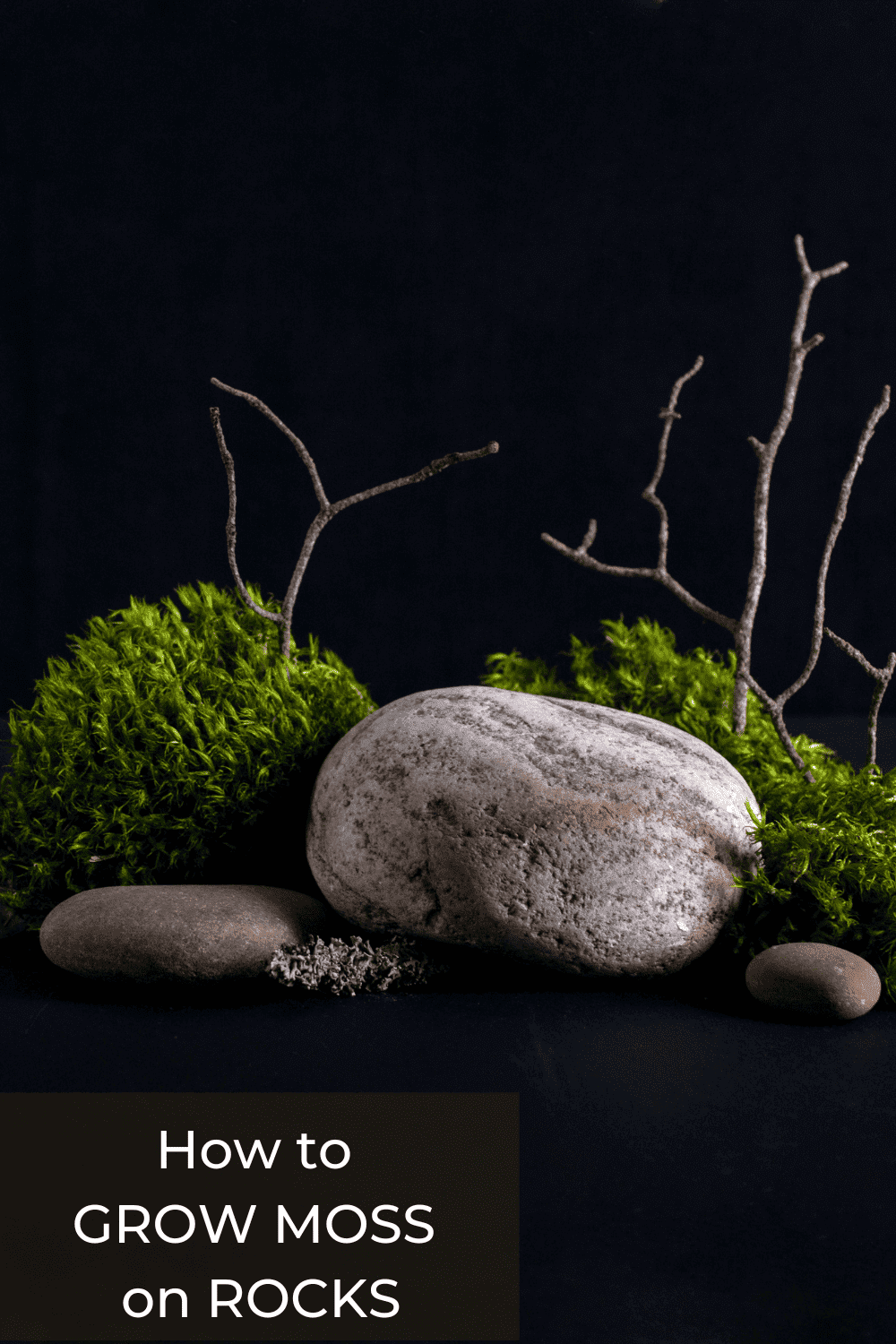
How to Grow Moss on Rocks and Impress Your Friends (or Enemies)
Read more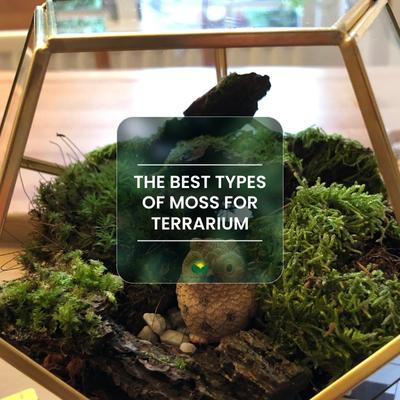
The best types of Moss for Terrarium. How to Choose, Grow and Care
Read more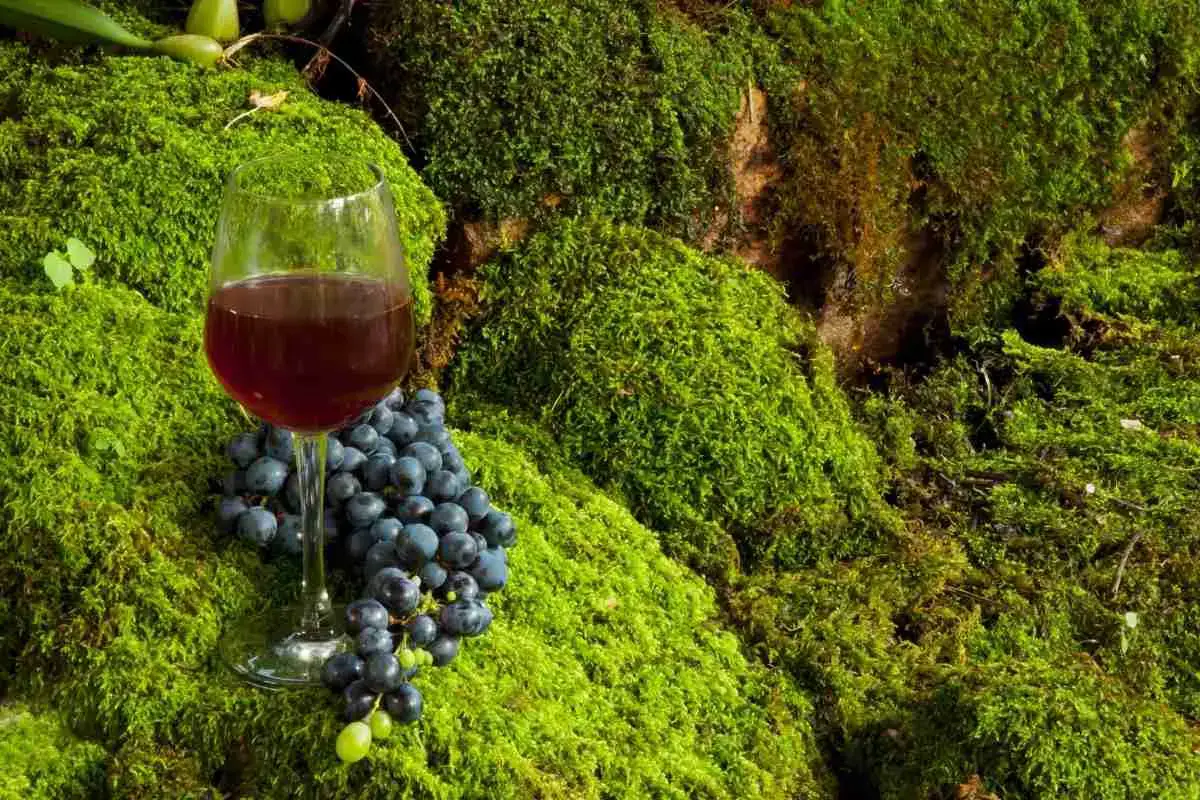
How To Grow Moss On Stone? The Ultimate Guide!
Read more
How To Grow Moss On 12 Different Surfaces Step By Step
Read more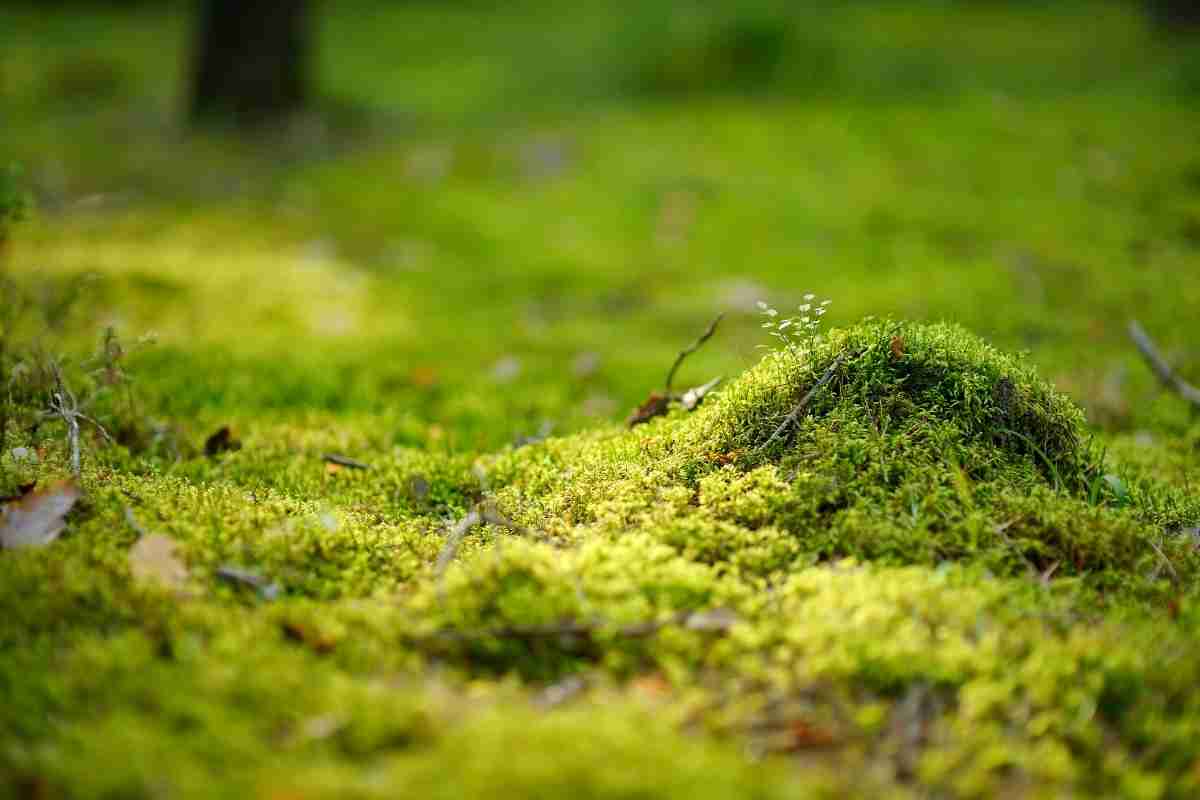
How Fast Does Moss Grow? Detailed Guide
Read more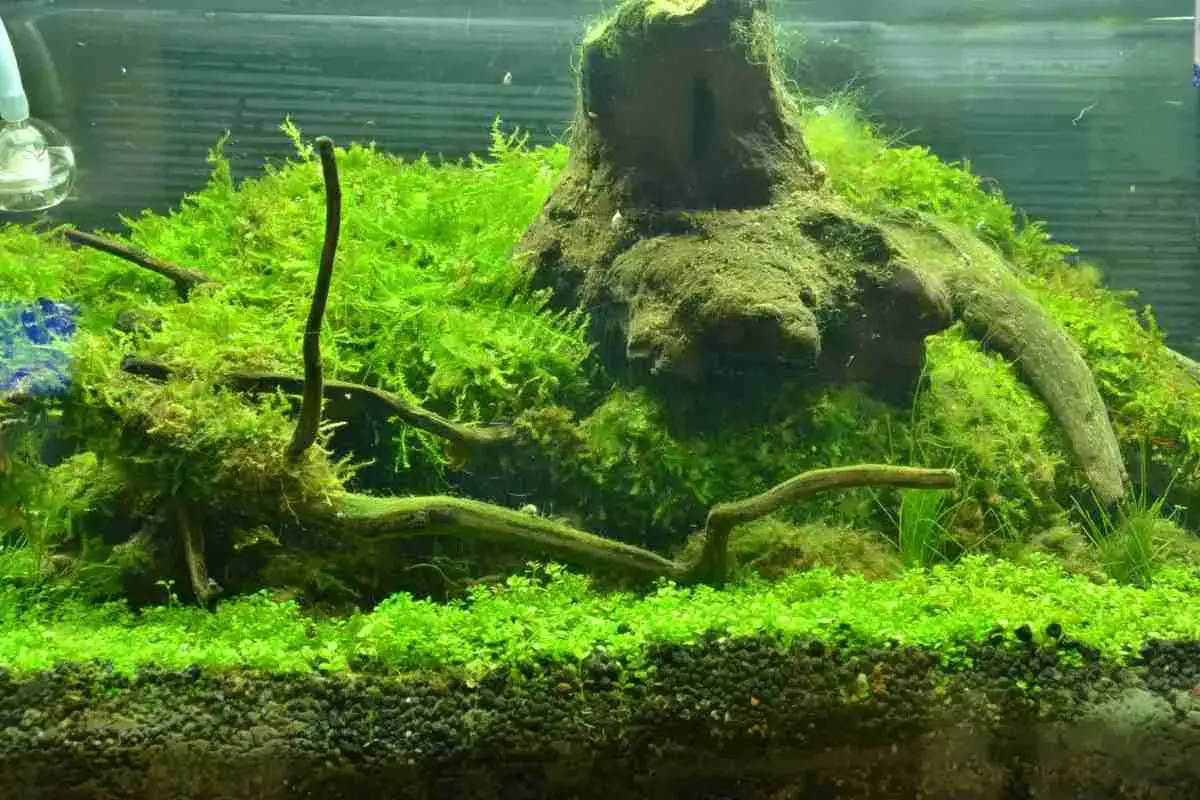
6 Simple Methods To Grow Java Moss Fast
Read more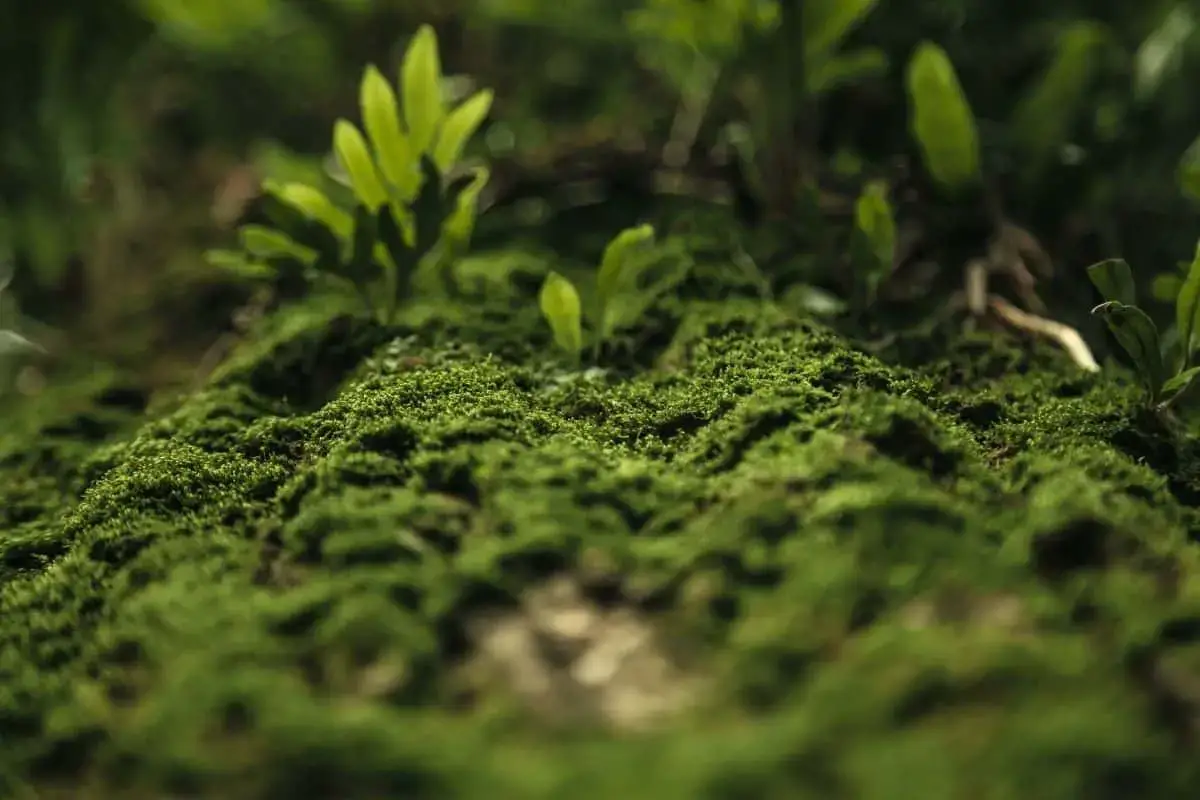
What Does Moss Eat To Survive?
Read more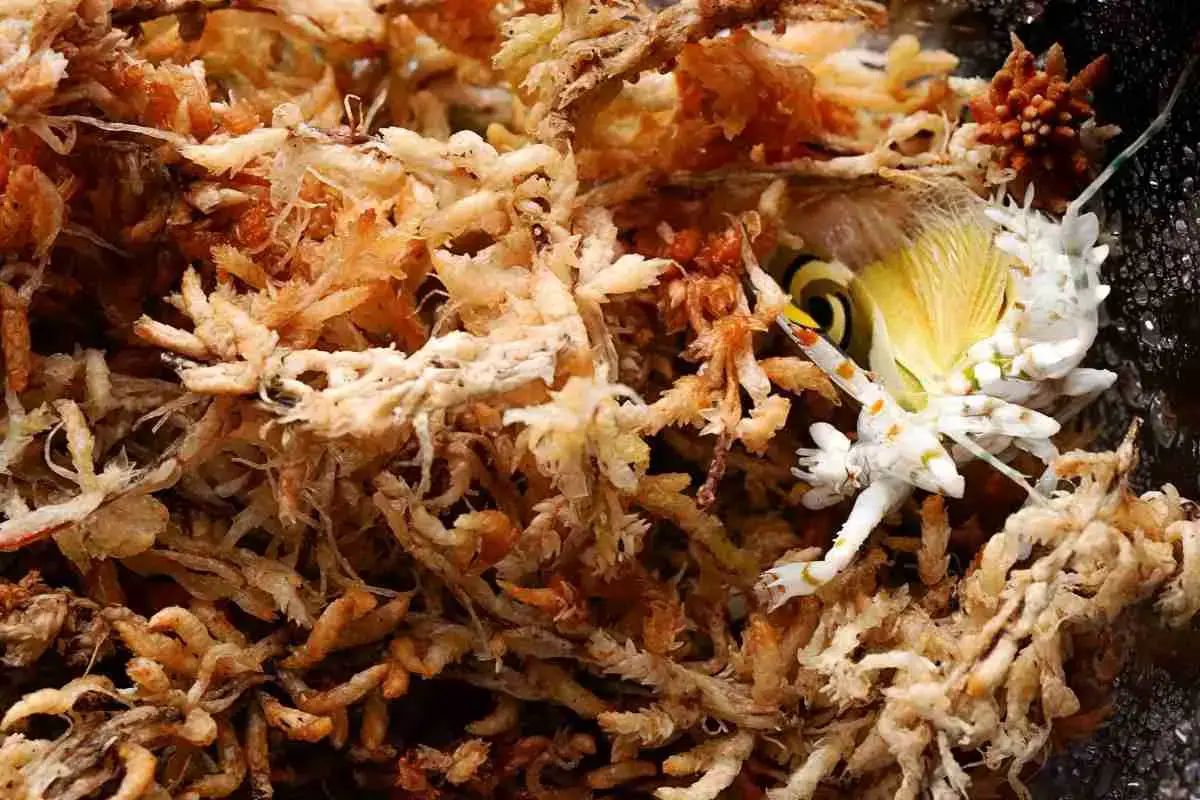
3 Simple Methods To Sterilize Sphagnum Moss
Read more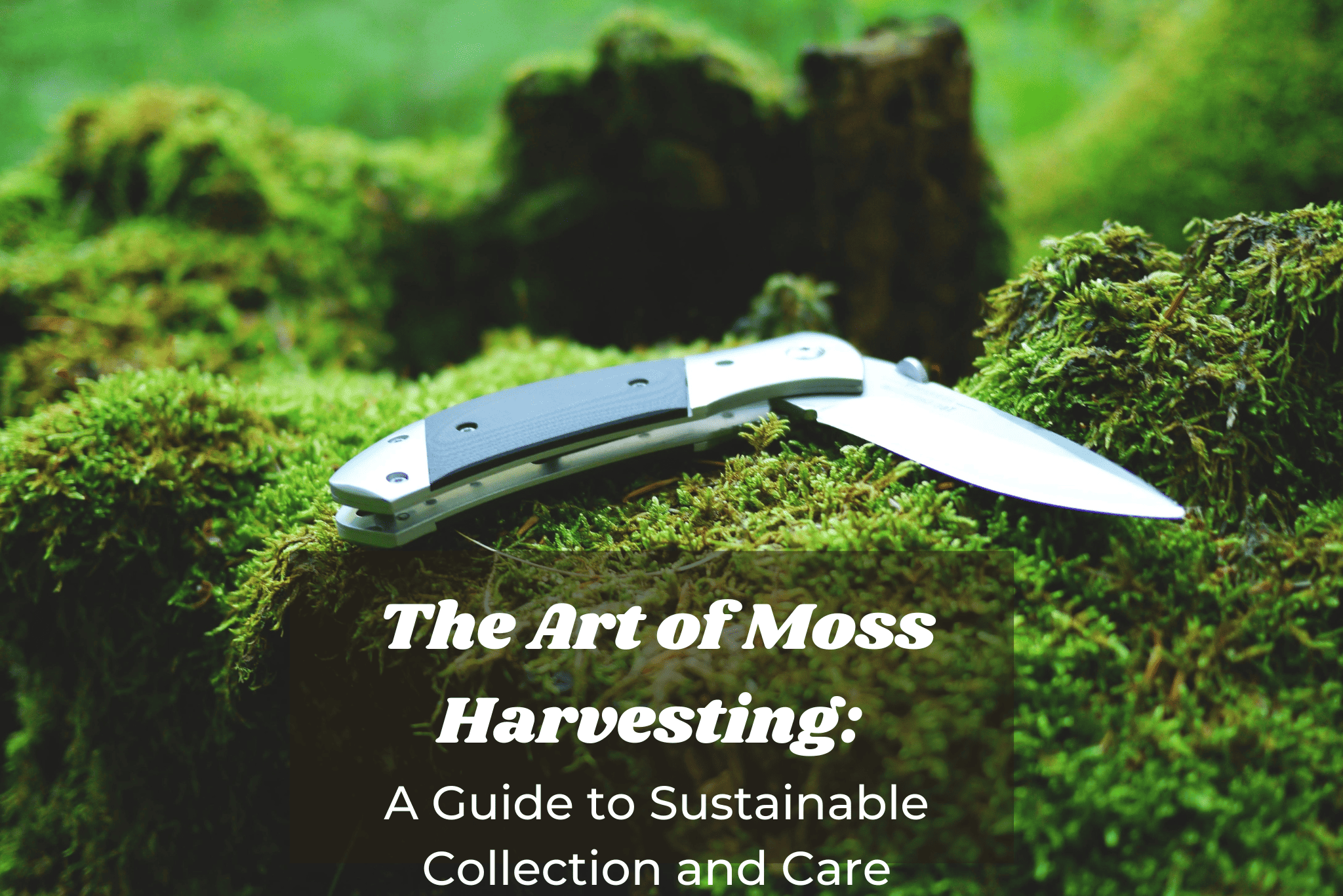
The Art of Moss Harvesting: A Guide to Sustainable Collection and Care
Read more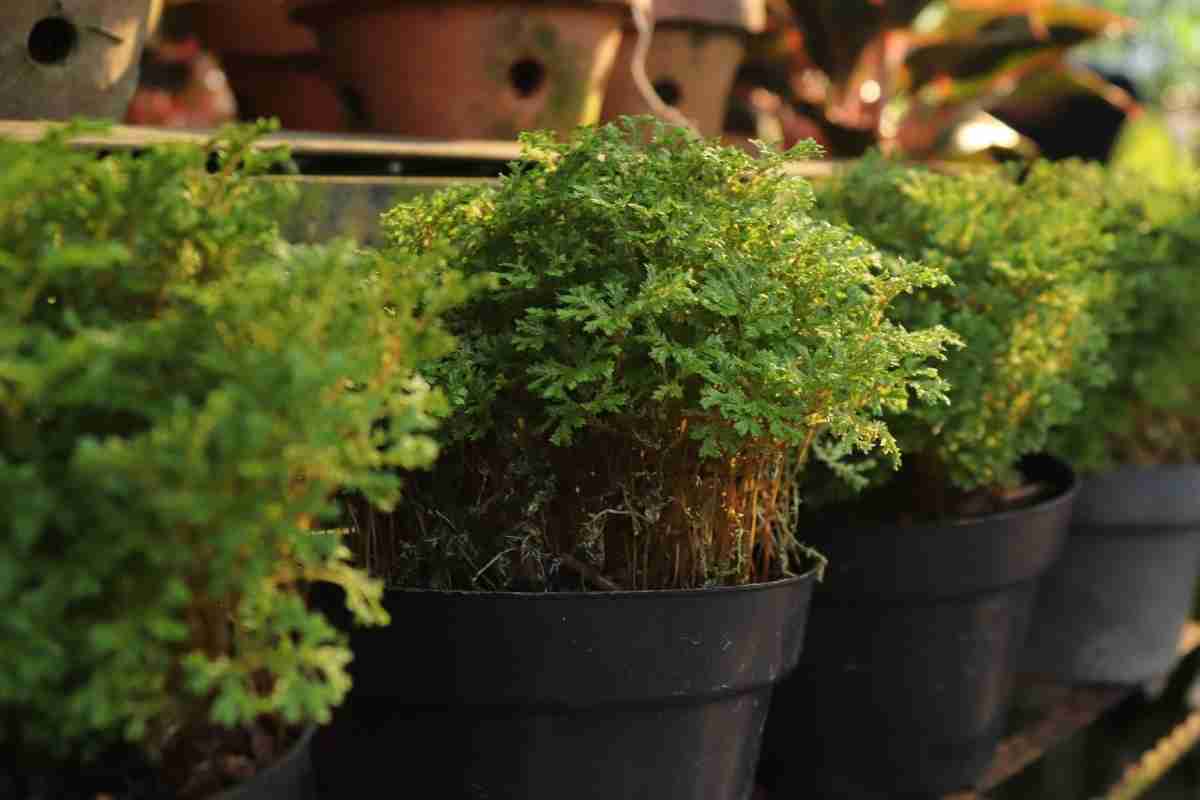
Is Moss Good For Plants? (Indoor & Outdoor Plants)
Read more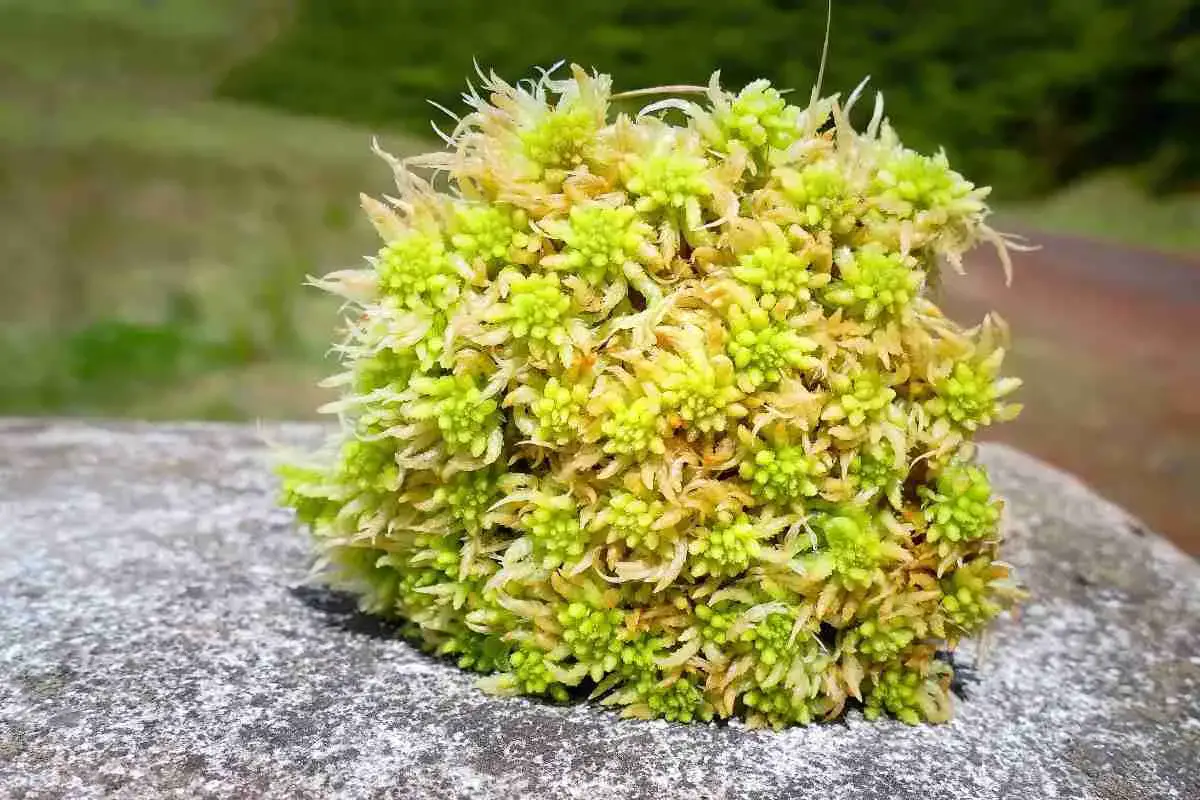
Does Sphagnum Moss Turn Green? Live Or Dried
Read more